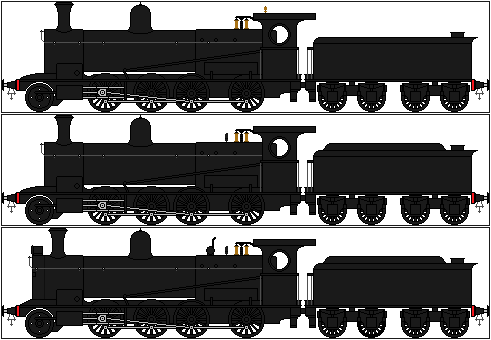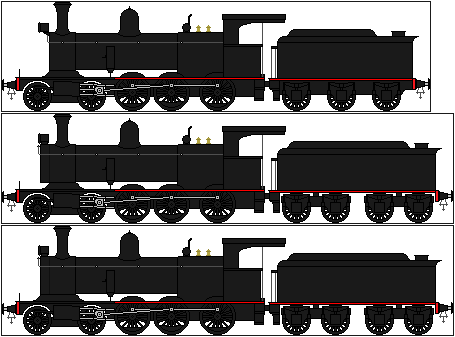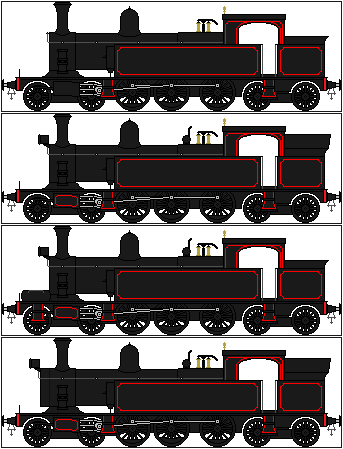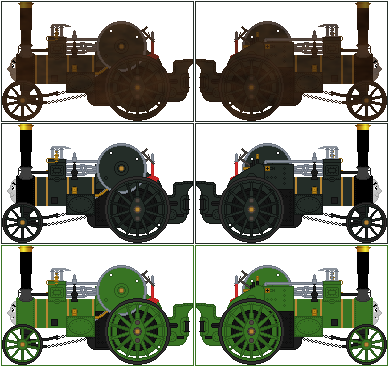HOME | DD
 New-Oban-Productions — NSWGR 50 class base
New-Oban-Productions — NSWGR 50 class base

Published: 2023-03-24 03:11:57 +0000 UTC; Views: 1608; Favourites: 10; Downloads: 3
Redirect to original
Description
The NSWGR 50 class was a type of 2-8-0 heavy goods locomotive. Commissioned as the NSWGR T class, the first batch was built by Beyer, Peacock & Co. of Manchester, United Kingdom, in 1896 for heavy mainline freight duties to replace the aging and underpowered 19 and 25 classes. Out of worries that the engines might derail on curves, they were designed with their 2nd and 3rd driving wheels were made flangeless in both an effort to increase the chances of going round sharp curves and to reduce flange friction on other curves.In total over 20 years from 1896 to 1916, a total of 280 T class 2-8-0s would be built (151 by Beyer Peacock, 5 by Dubs & Co, 10 by Neilson & Co, 84 by the North British Locomotive Company and 30 by Clyde Engineering of Granville) but only 270 were delivered to Australia as the last 10 built by NBL were taken over the Railway Operating Division in WWI and shipped to Belgium. These engines were offered back to NSWGR after the war but were rejected due to their condition and stayed in Belgium until withdrawn and scrapped in the 1960s. The T class became the basis of the TF and K class 2-8-0s, resulting in the nickname "Standard Goods class" being shared with them. The T class was also selected by Commonwealth Railways (CR) for operations on the Trans-Australian Railway, which resulted in their K class from 1916.
In 1924, due to a renumbering scheme, the T class were relabbed as "50 class" and numbered as No. 5001-5271. Withdrawals began in the 1930s with 72 but were reused for load testing on the Sydney Harbour Bridge before it opened in 1932, with a few returned to service. Some were rebuilt with superheating and several gained tender swaps for the larger "Turret tender", with their original tenders being reused behind the original batch of fifty 32 class 4-6-0s and remainder behind the newly converted members of the 30T class. Some members were being used as heavy shunters until the last of the class were withdrawn in the 1970s.
Out of 280 locomotives, four have been preserved. These are:
-No. 5069 (Beyer Peacock 4374 of 1902), stored at Dorrigo Steam Railway & Museum. Saturated boiler.
-No. 5096 (Clyde Engineering 1 of 1907), stored at Broadmeadow. Saturated boiler.
-No. 5112 (Beyer Peacock 5054 of 1908), static display at Bathurst station. Saturated boiler (Note: Commonly known as the "Chifley engine" due to being the regular of future Prime Minister Ben Chifley).
No. 5132 (Beyer Peacock 5074 of 1908), stored at Dorrigo Steam Railway & Museum. Superheated boiler.
Versions included:
-Original T class condition
-50 class condition
-Superheated condition
This sprite is free to use on the condition that mine and the following names are credited:
Sprite: flamming111 , Myself




















